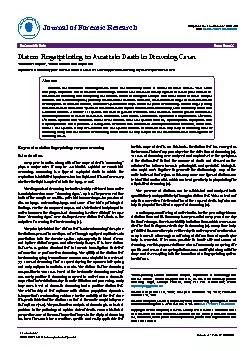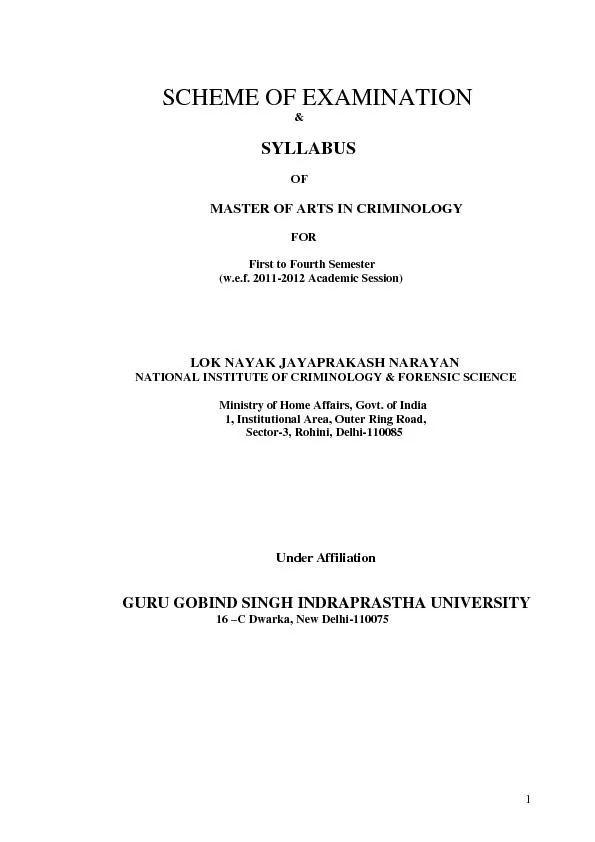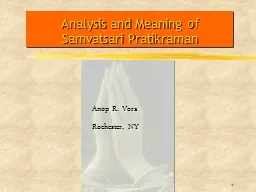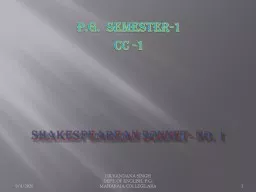PDF-Vandana Vinayak*, Vichar Mishra and Goyal MKDepartment of Criminology
Author : tatyana-admore | Published Date : 2016-02-23
Vandana Vinayak Department of Criminology and Forensic Science School of Applied Sciences Dr HS Gour University Central University Sagar Madhya Pradesh India Tel
Presentation Embed Code
Download Presentation
Download Presentation The PPT/PDF document "Vandana Vinayak*, Vichar Mishra and Goya..." is the property of its rightful owner. Permission is granted to download and print the materials on this website for personal, non-commercial use only, and to display it on your personal computer provided you do not modify the materials and that you retain all copyright notices contained in the materials. By downloading content from our website, you accept the terms of this agreement.
Vandana Vinayak*, Vichar Mishra and Goyal MKDepartment of Criminology: Transcript
Download Rules Of Document
"Vandana Vinayak*, Vichar Mishra and Goyal MKDepartment of Criminology"The content belongs to its owner. You may download and print it for personal use, without modification, and keep all copyright notices. By downloading, you agree to these terms.
Related Documents














